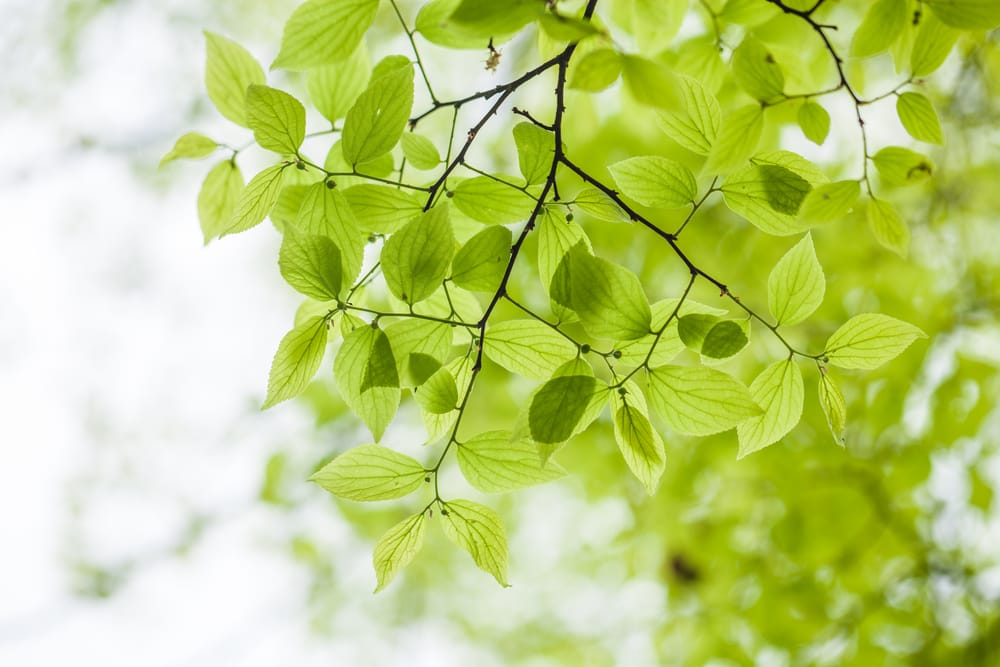How To Prune Mango Trees
What's on this Page?
How to remove a mango treeHow big do mango trees grow?How long does it take for a mango tree to bear fruit?What are some common problems with mango trees?Do mango trees need a lot of water?What type of climate do mango trees prefer?How often should I fertilise my mango tree?Which mango trees are best for a backyard?Can I replant a mango tree?What conditions do mango trees prefer?What tools do I need to prune a mango tree?How do I know if my mango tree is healthy?
20 March 2023 · Last updated on 20 March 2023
Healthy pruned mango trees will have green, glossy leaves and a strong trunk. Mango trees are generally pruned in the late winter or early spring. This allows the tree to heal any wounds from pruning and helps to shape it for the upcoming growing season. Depending on age and size, you can trim them in different ways. For a young mango tree, you will want to remove any dead or dying branches so the tree grows evenly. For older trees, thinning out the canopy. You can also remove any low-hanging branches that are causing fruit to rot. If your tree is overgrown, you can do a general pruning of dead or diseased branches to reduce size. When you are finished pruning, water the tree well.
How to remove a mango tree
To remove a mango tree, you will first need to cut it down to size. Use a sharp saw to remove any large branches, then cut the trunk down to about 2 to 3 metres tall. Next, dig a hole around the base of the tree that is slightly larger than its roots. Carefully lift the tree out of the hole and gently shake any loose dirt from its roots. Move the tree to its new location and plant it. Water the tree well.
How big do mango trees grow?
Some varieties can reach up to 7 metres tall, while others may only grow to 3 or 4 metres. The size of the tree will also depend on the growing conditions and whether or not it is pruned of diseased or dead branches regularly.
How long does it take for a mango tree to bear fruit?
It generally takes about 3 to 5 years for trees to begin bearing fruit. Once the tree starts producing fruit, it will continue to do so for many years. Regular pruning can help to increase fruit production.
What are some common problems with mango trees?
Mango trees are susceptible to a number of different problems, including fungal diseases, pests, and nutrient deficiencies. Pests such as aphids, scale, and mealybugs can damage the leaves and fruit of the tree. Mango trees also require nutrients to remain healthy. If the soil is lacking in nitrogen, phosphorus, or potassium, the tree may become stunted or produce fewer fruits. Regular fertilisation can help to prevent these problems, as will planting the tree in the correct spot.
Do mango trees need a lot of water?
Mango trees generally require quite a bit of water.
What type of climate do mango trees prefer?
Mango trees like the humidity and thrive between 20-35 degrees Celsius.
How often should I fertilise my mango tree?
Mango trees should be fertilised every 2 to 3 months during the growing season.
Which mango trees are best for a backyard?
Popular varieties that produce high-quality fruits include 'Alphonso', 'Haden', 'Kent', and 'Valencia Pride'.
Can I replant a mango tree?
If you have a mango tree that is no longer bearing fruit, you can replant it in a new location. First, remove the tree from its current location and prune away any dead or damaged branches. Next, dig a hole. Gently lower the tree into the hole and fill it with soil. Water the tree well and mulch. The Department of Primary Industries and Regional Development has some great information on propagating from a mango tree.
What conditions do mango trees prefer?
Mango trees prefer a warm, humid climate. They can tolerate some cold weather, but the ideal temperature range for mango trees is 20 to 35 degrees Celsius. Once the tree is established, it will be more drought-tolerant and will need less water.
What tools do I need to prune a mango tree?
Pruning a mango tree is not difficult, but you will need a few tools to prune fruit trees properly. First, you will need a sharp pair of pruning shears, lopping shears and maybe some pruning saws to remove any large branches. Once the branches are removed, you will need to use the pruning shears to shape the tree. Once the branches, leaves and dead twigs have been cut, you can dispose of the main branches in your compost bin.
How do I know if my mango tree is healthy?
Healthy pruned mango trees will have green, glossy leaves and a strong trunk. The branches should be evenly spaced and the leaves should be free from pests or diseases. The fruit of the tree should be plump and juicy with no signs of rot. If you see any black spots on the leaves or fruits, this could be a sign of a fungal disease. If you see any small, white insects on the leaves, these are likely to be aphids. You can use fungicide or insecticide. If you have an sick adult tree, it may have a borer problem.
Content on this site, including cost guides and industry articles, is for general information only and may not reflect current conditions. Localsearch does not provide professional advice and makes no guarantees on accuracy or completeness. Costs are estimates and may vary considerably. Users should not rely solely on this information for making decisions. We strongly recommend consulting qualified professionals before acting on any information provided. Localsearch accepts no liability under Australian law for any loss or damage arising from reliance on this information.








